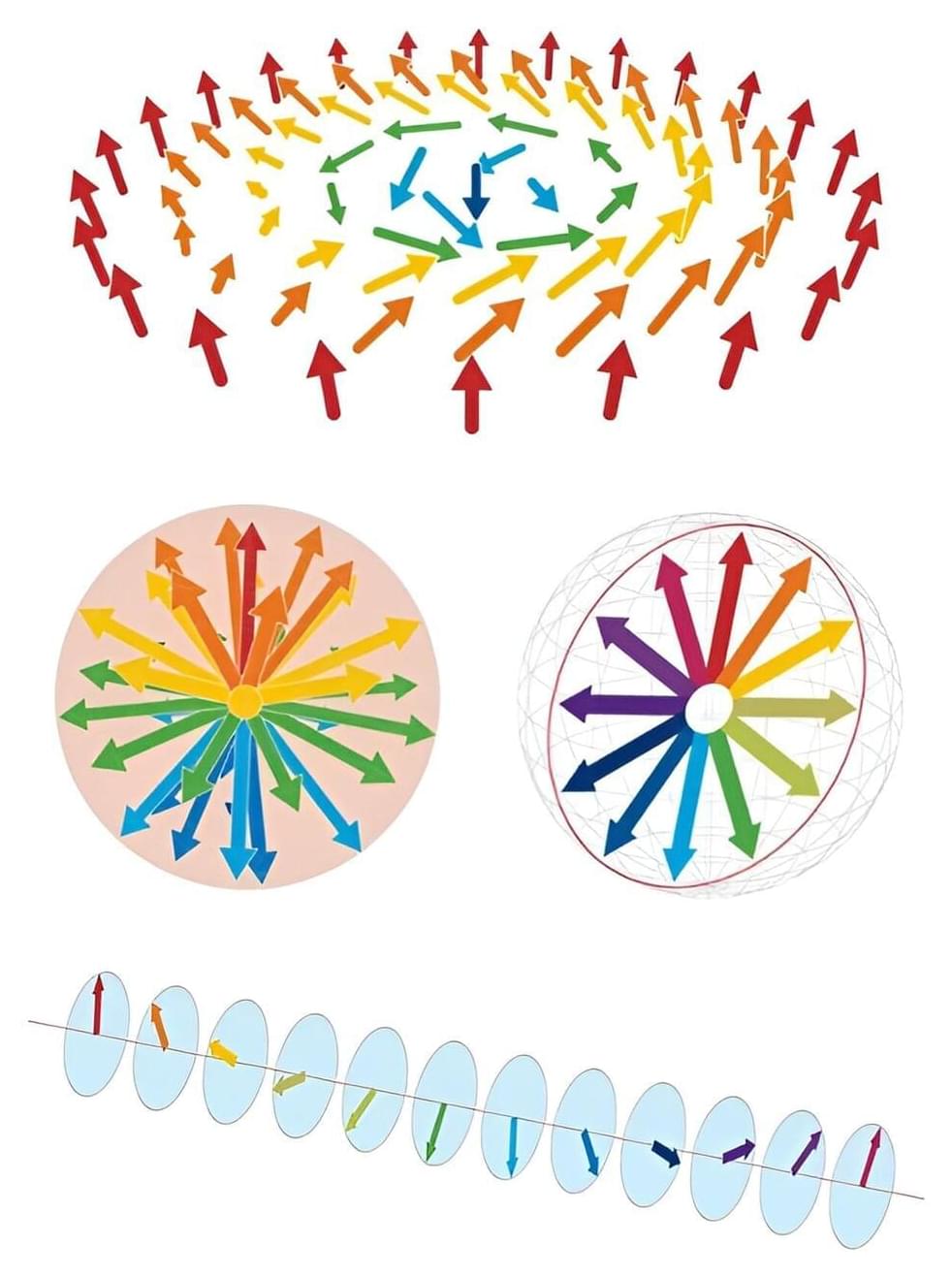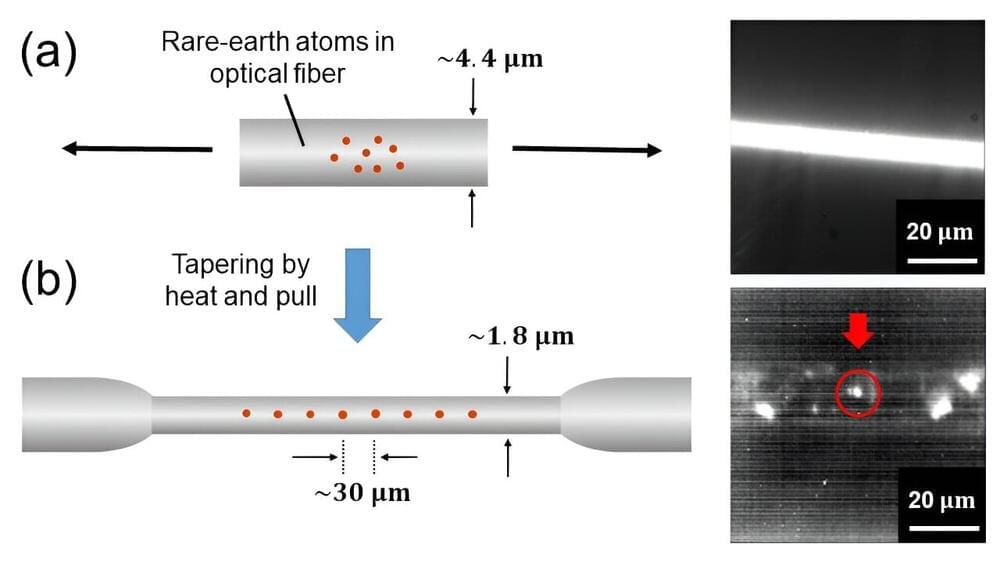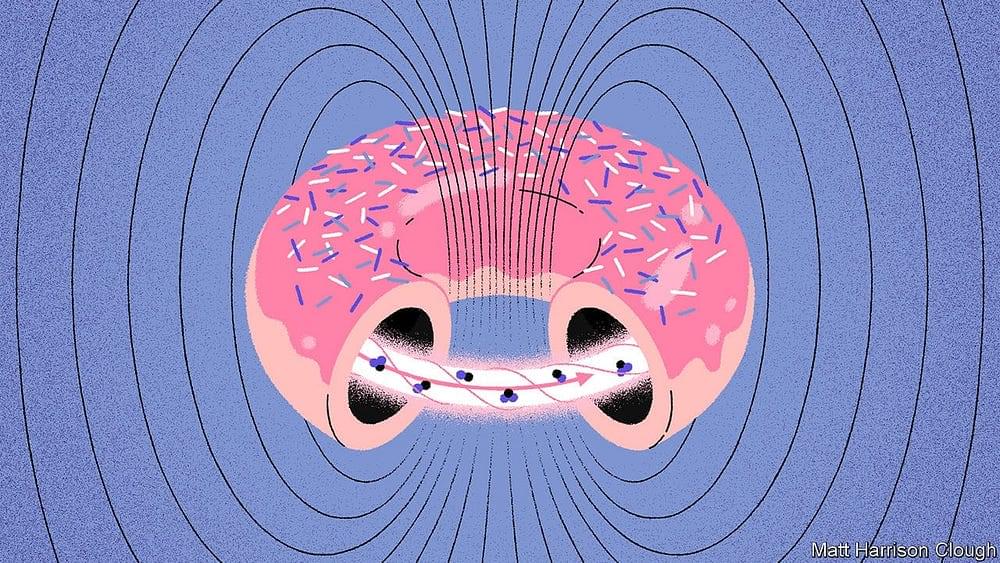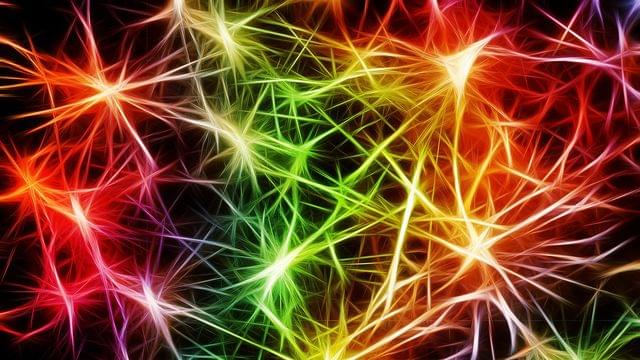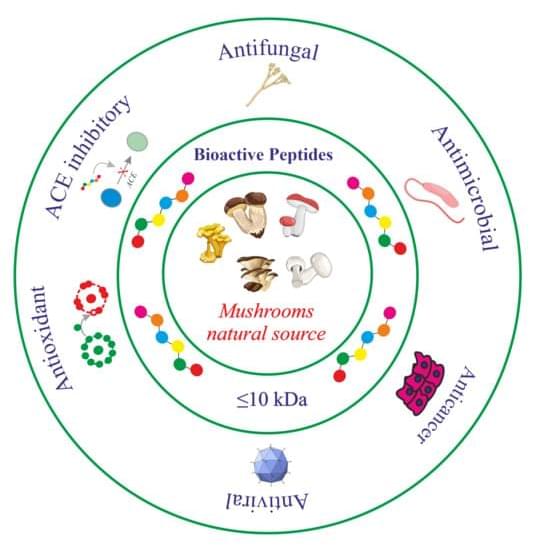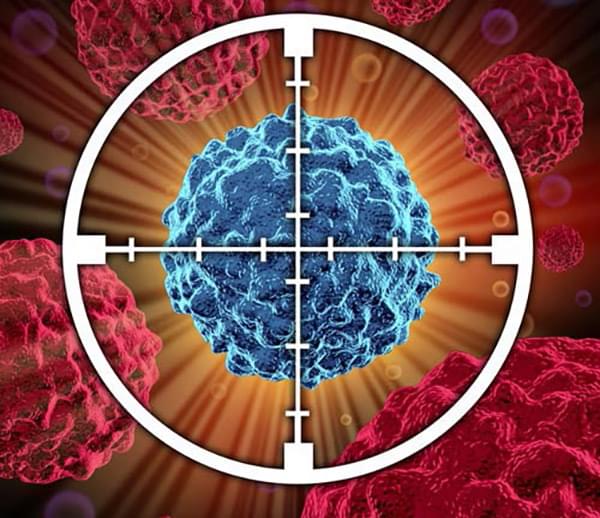Nov 2, 2023
Simulating spins, spirals and shrinking devices for new classes of energy-efficient materials
Posted by Saúl Morales Rodriguéz in categories: materials, particle physics
The diamond in an engagement ring, the wonder-material graphene and the lead in a humble pencil are all formed from carbon, but display profoundly different characteristics. Carbon materials such as these are among the most famous examples of how diverse properties can emerge in materials, based only on the rearrangement of the structure of atoms.
The goal of the RIKEN Center for Emergent Matter Science (CEMS) in Saitama, Japan, is to develop materials for new, energy-efficient technologies. The usual approach to synthesizing new materials involves looking for improved properties such as strength and durability, or enhanced conduction of electricity and heat.
But CEMS is pioneering an alternative approach that turns that standard approach on its head. First, we think of the properties needed for a new device, use data from RIKEN’s new repository and simulation platform to calculate the atomic structure that provides these features and then build the bespoke material.
